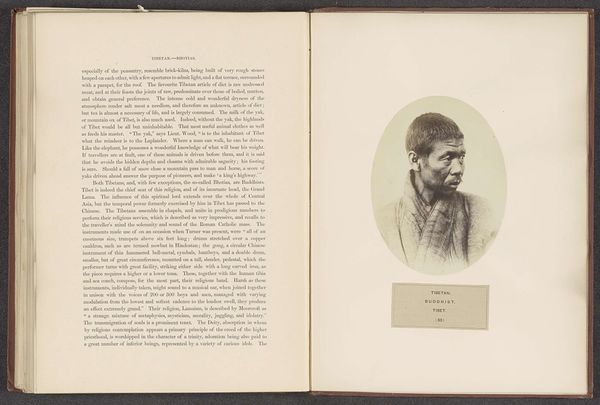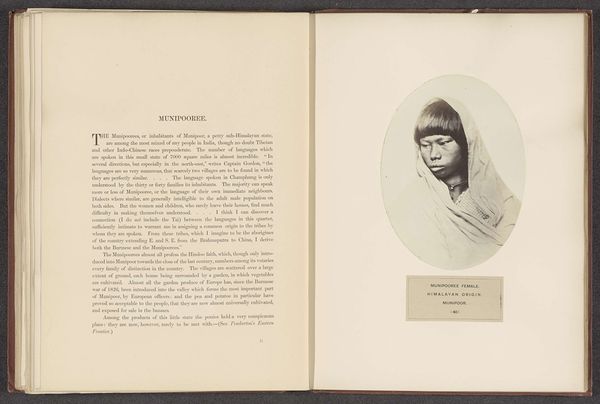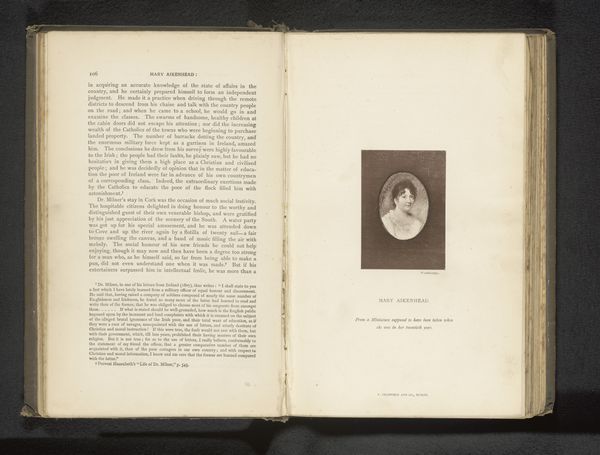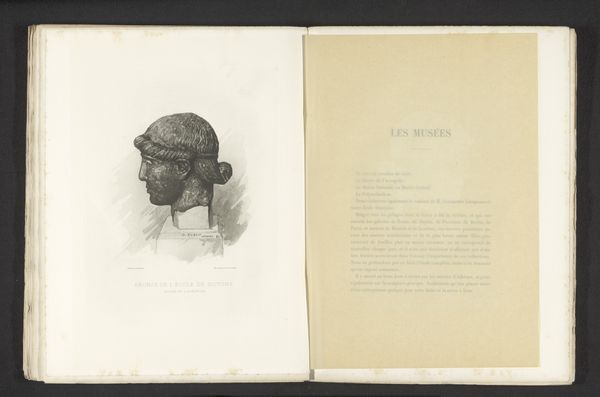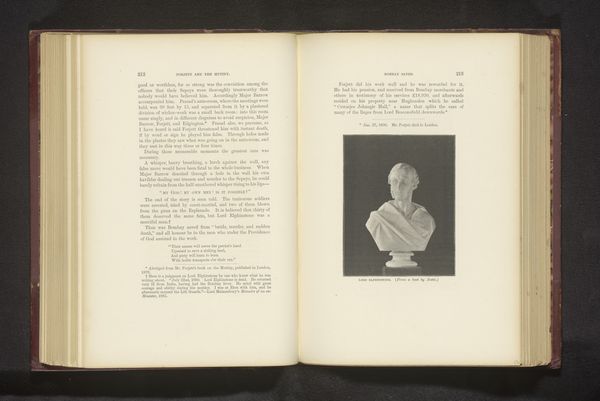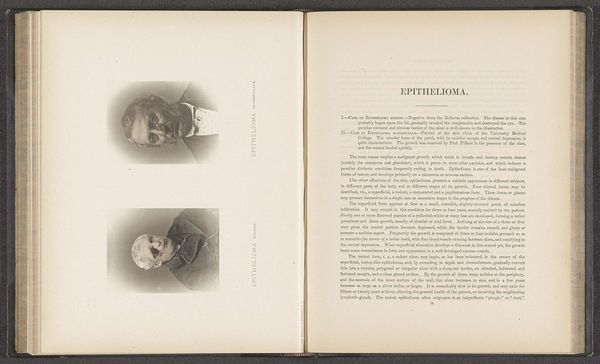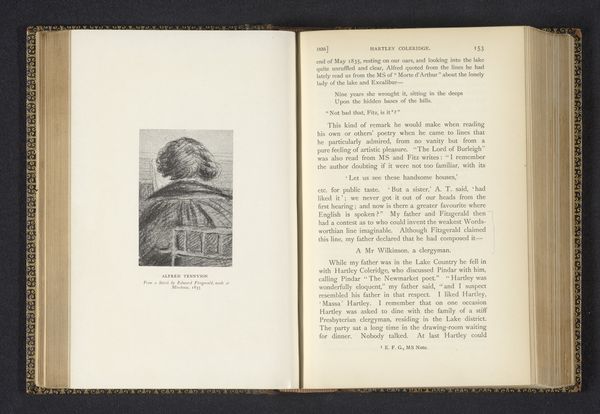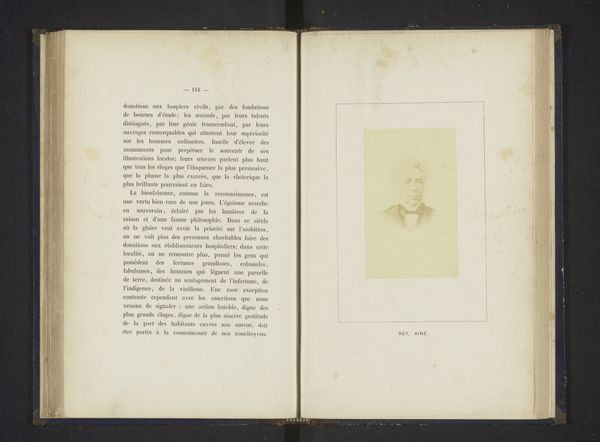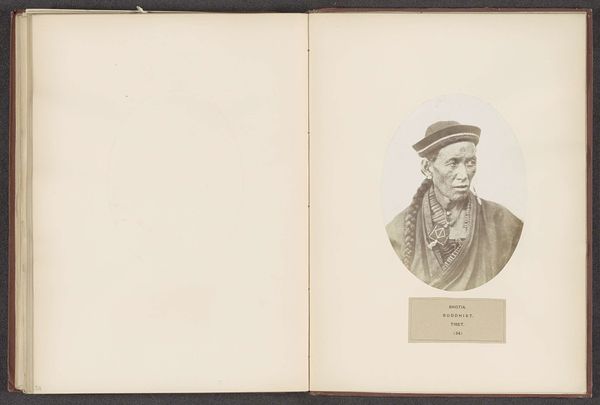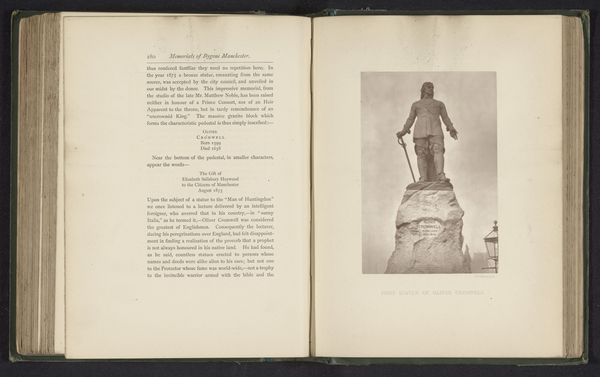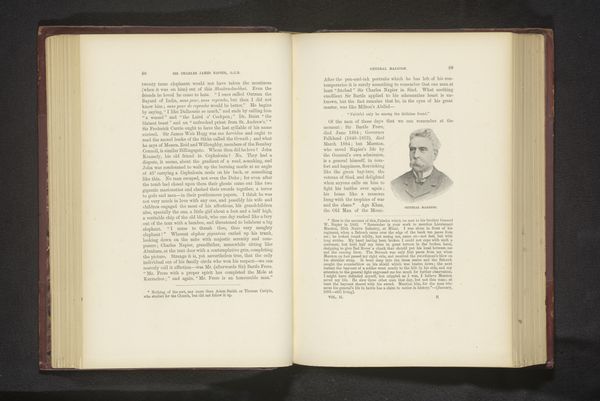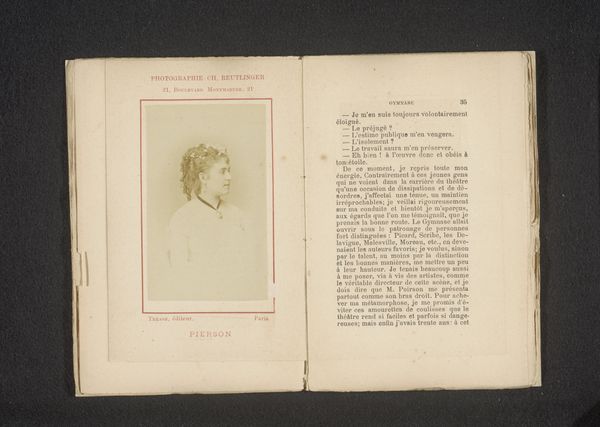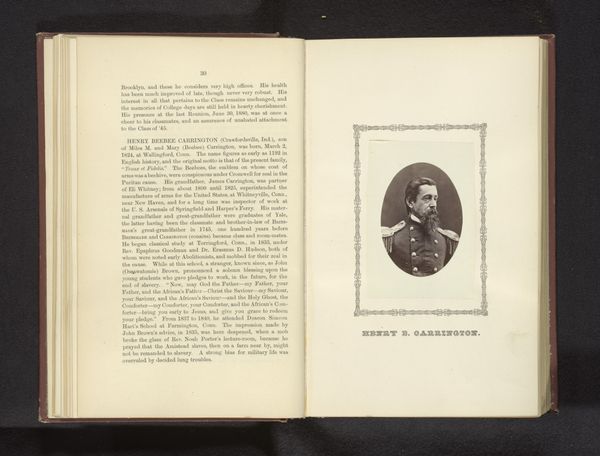
photography, gelatin-silver-print
#
portrait
#
photography
#
gelatin-silver-print
#
academic-art
#
realism
Dimensions: height 147 mm, width 102 mm
Copyright: Rijks Museum: Open Domain
Editor: This photograph, "Patient suffering from the skin disease 'fibroma pendulum,'" dates to before 1881. It’s a gelatin-silver print and is an unnerving close-up, highlighting the palpable texture and what seems to be a challenging condition for the patient. What can you tell me about how this was produced and the context surrounding this medical image? Curator: Let's consider the material reality of this image. As a gelatin-silver print, it's not just an image; it’s an object produced through specific industrial and chemical processes. The production of gelatin-silver prints relied on a complex global network, from the extraction of silver to the manufacturing of photographic paper. Now, who was the subject? Editor: Someone afflicted with this skin condition, obviously, perhaps being studied. Curator: Precisely. Consider that photographic images such as this one of disease, were made for scientific classification, for easier diagnostics. These served a crucial role in medical instruction and, essentially, record-keeping, which became intertwined with advancements in chemical and optical technology during the time. The patient’s identity becomes secondary to their affliction, the patient transformed into an exhibit, so to speak. What ethical considerations do you think were present in making such images available at the time? Editor: It's a good point, raising questions of consent and representation, how these photographs possibly stripped individuals of agency and contributed to a sort of medical voyeurism... Curator: Absolutely. And furthermore, images such as this might offer an analysis into society's material realities of health, illness, and our ethical engagement with human suffering during that time. It provides an important glimpse into that time, the human element and history. Editor: That’s definitely given me a lot to consider regarding how even seemingly straightforward documentation holds layers of production and contextual significance! Thanks for expanding my understanding of that context.
Comments
No comments
Be the first to comment and join the conversation on the ultimate creative platform.
